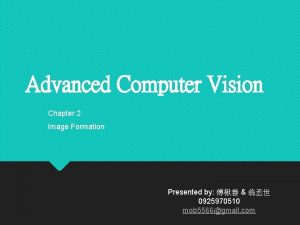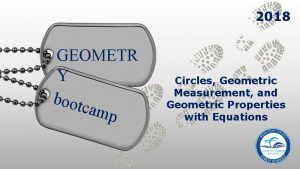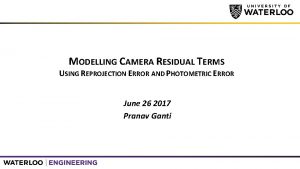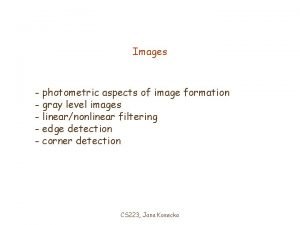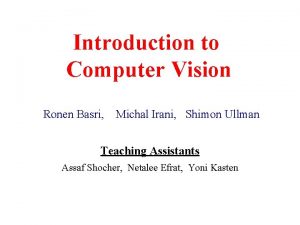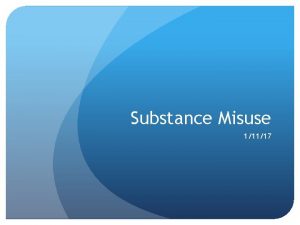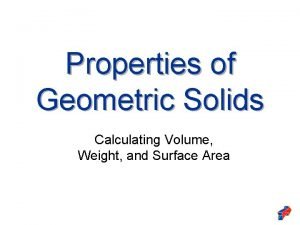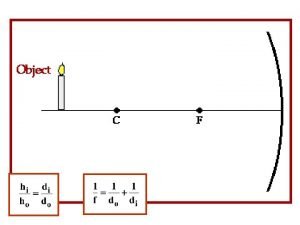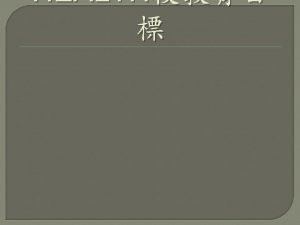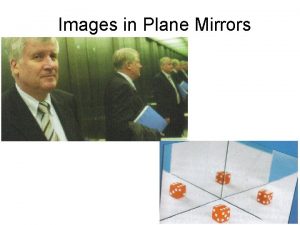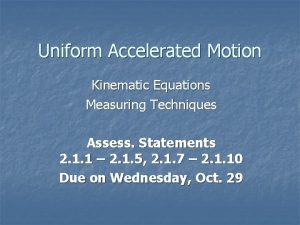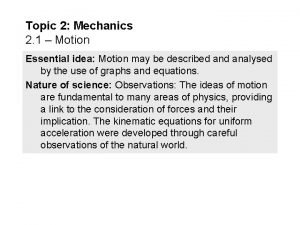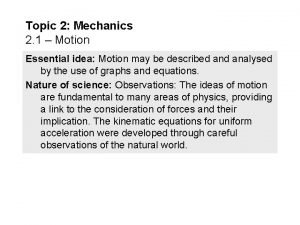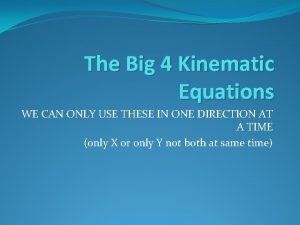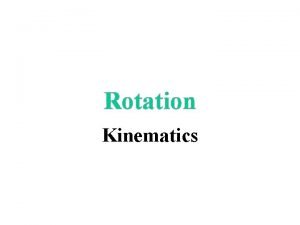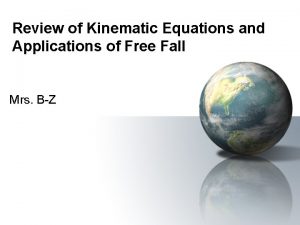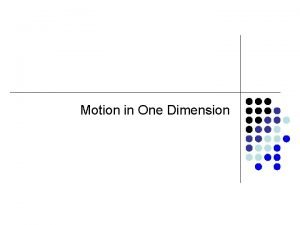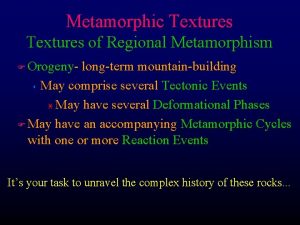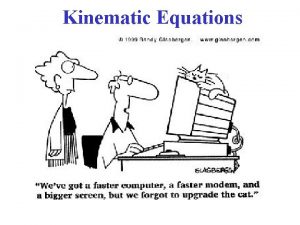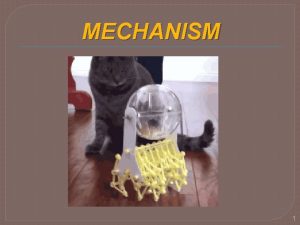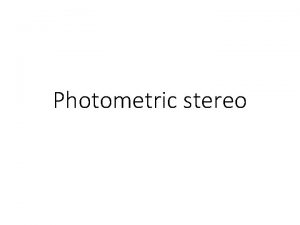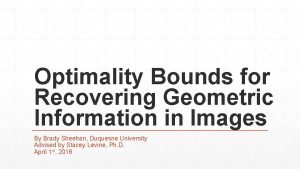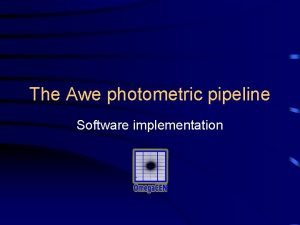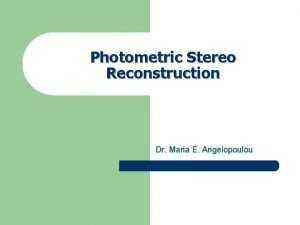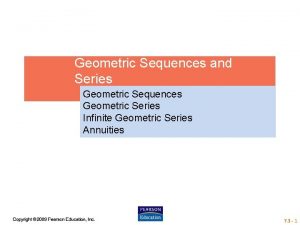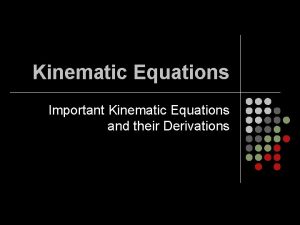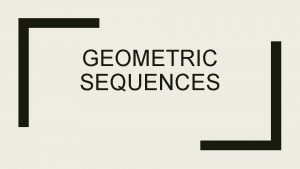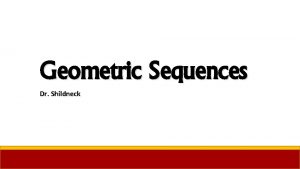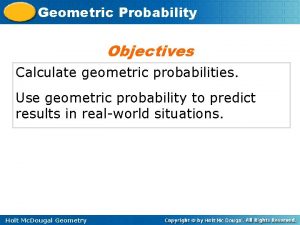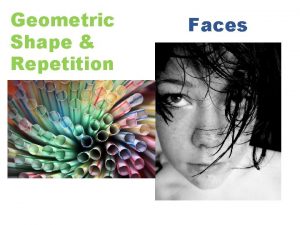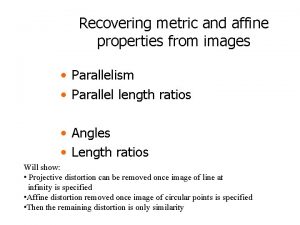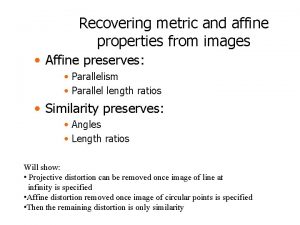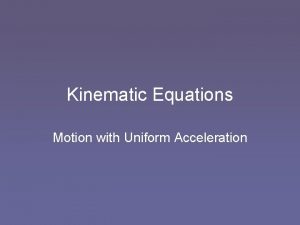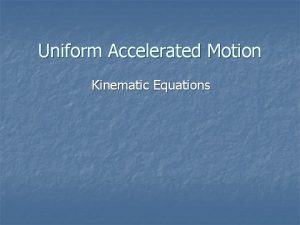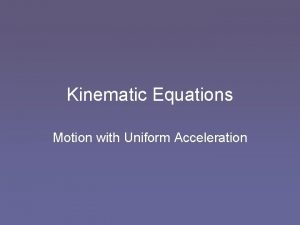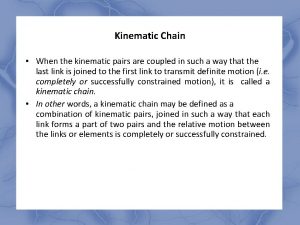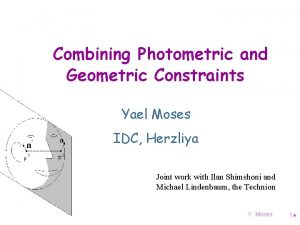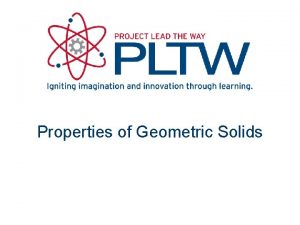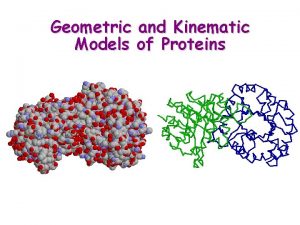Recovering Geometric Photometric and Kinematic Properties from Images
























- Slides: 24

Recovering Geometric, Photometric and Kinematic Properties from Images Jitendra Malik Computer Science Division University of California at Berkeley Work supported by ONR, Interval Research, Rockwell, MICRO, NSF, JSEP

Physics of Image Formation • Lighting • BRDFs • Shape and Spatial layout • Internal DOFs Images

Solving inverse problems requires models • Define suitable parametric models for geometry, lighting, BRDFs, and kinematics. • Recover parameters using optimization techniques. • Humans better at selecting models; computers at recovering parameters.

But there will always be unmodeled detail…. . • Models are always approximate. • Adding more parameters doesn’t help; data will be insufficient to recover these parameters.

Hybrid Approaches are best! • ANALYSIS – use images to recover a subset of object parameters. These are chosen judiciously so that they can be recovered robustly • SYNTHESIS – render using appropriately selected images or subimages, transformed using the model.

Talk Outline Geometry – Debevec, Taylor and Malik, SIGGRAPH 96 • Photometry – Yu and Malik, SIGGRAPH 98 – Debevec and Malik, SIGGRAPH 97 • Kinematics – Bregler and Malik, CVPR 98 •

Modeling and Rendering Architecture from Photographs Paul Debevec Camillo Taylor Jitendra Malik ov k u h s Bor e g r Geo zhou Yu Yi Computer Vision Group Computer Science Division University of California at Berkeley

Overview • Photogrammetric Modeling – Allows the user to construct a parametric model of the scene directly from photographs • Model-Based Stereo – Recovers additional geometric detail through stereo correspondence • View-Dependent Texture-Mapping – Renders each polygon of the recovered model using a linear combination of three nearest views

Our Modeling Method: • The user represents the scene as a collection of blocks • The computer solves for the sizes and positions of the blocks according to user-supplied edge correspondences

Block Model User-Marked Edges Recovered Model

Arc de Triomphe Modeled from five photographs by George Borshukov

Surfaces of Revolution Taj Mahal modeled from one photograph by G. Borshukov

Synthetic View Photograph Recovered Model

Recovering Additional Detail with Model-Based Stereo • Scenes will have geometric detail not captured in the model • This detail can be recovered automatically through model-based stereo

Scene with Geometric Detail Approximate Block Model

Model-Based Stereo • Given a key and an offset image, – Project the offset image onto the model – View the model through the key camera Warped offset image • Stereo becomes feasible between key and warped offset images because: – Disparities are small – Foreshortening is greatly reduced

Key Image Warped Offset Image Disparity Map Offset Image

Synthetic Views of Refined Model Four images composited with View-Dependent Texture Mapping

Rendering with View. Dependent • Triangulate the view Texture Mapping 2 5 1 4 3 view hemisphere • For each polygon, determine which images viewed it from which angles • Label each triangle vertex according to best viewed image

Rendering with View. Dependent • To render, determine Texture Mapping to which triangle the 2 5 1 4 3 view hemisphere viewpoint belongs • Compute Barycentric weights for the triangle vertices • Render the polygon with a weighted average of the three vertex images

The Campanile (Debevec et al) • 20 photographs used • approx. 1 -2 weeks of modeling time. • Real time rendering



Recovered Campus Model Campanile + 40 Buildings
 Geometric and photometric image formation
Geometric and photometric image formation Geometry bootcamp answers
Geometry bootcamp answers Photometric reprojection error
Photometric reprojection error Photometric image formation
Photometric image formation Photometric stereo
Photometric stereo Ronen basri
Ronen basri Middlesbrough recovering together
Middlesbrough recovering together How to calculate volume
How to calculate volume Open and closed kinematic chain
Open and closed kinematic chain Real vs virtual image
Real vs virtual image Do f
Do f Images.search.yahoo.com
Images.search.yahoo.com How to save images on google images
How to save images on google images Https://tw.images.search.yahoo.com/images/view
Https://tw.images.search.yahoo.com/images/view Extensive properties and intensive properties
Extensive properties and intensive properties Physical properties and chemical properties
Physical properties and chemical properties Properties of plane mirror image
Properties of plane mirror image Kinematics equations for uniformly accelerated motion
Kinematics equations for uniformly accelerated motion Timeless kinematic equation
Timeless kinematic equation Timeless kinematic equation
Timeless kinematic equation Big 4 kinematic equations
Big 4 kinematic equations Rotation kinematic equations
Rotation kinematic equations 4 kinematic equations
4 kinematic equations Big four kinematic equations
Big four kinematic equations Post kinematic metamorphic texture
Post kinematic metamorphic texture
